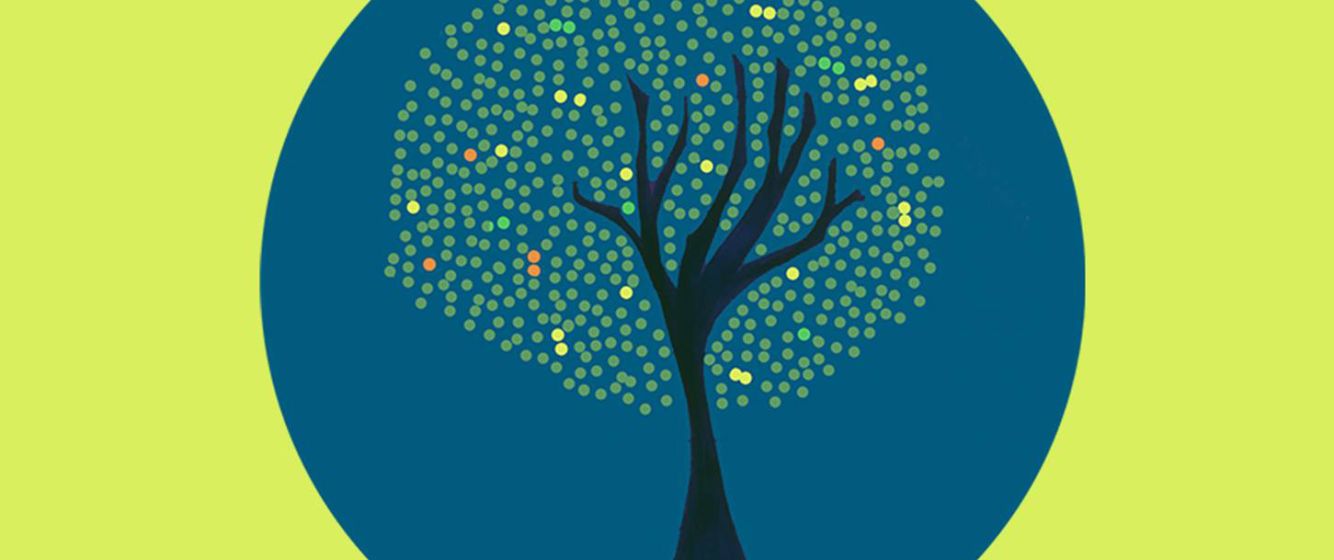The HumaConf 2018 was organized by Azim Premji University (APU) at their Undergraduate Campus outside Bangalore in India from April 6th to 8th.
By Aarti Kawlra
Azim Premji University is the product of the philanthropic activities of Indian business tycoon Azim Premji. Premji is a signer of the Giving Pledge, a campaign announced by Bill Gates and Warren Buffet that encourages billionaires to give away half their wealth during their lifetime. Premji began the Azim Premji Foundation as a non-profit working towards high-quality universal primary education for Indian children. With the University, the Azim Premji Foundation saw a synergy between their higher education and their programme for primary education. The University is portrayed as an extension of the fundamental question of what good education is. Conscious of the tension between economic opportunity and the seemingly more abstract flourishing that is associated with liberal education, the University has strived to be a non-elite space. It consciously seeks students from less-privileged backgrounds and states that currently 40% of its student body is provided financial aid. The HumaConf 2018 took as its title, “Liberal Education and the Future of the Humanities and Social Sciences in India”. It sought to create a space “to critically review current practices in Humanities and Social Sciences education at the undergraduate level in India” and chart out possible futures.
The conference’s keynote address was given by Professor Gopal Guru, renowned professor of social and political theory and current editor of the Economic and Political Weekly. Similarly, the second day began with a special lecture by the Director of the School of Liberal Studies at APU, Venu Narayan. Narayan sought to explain the university’s philosophy around liberal education and its place in Indian society today. Having presented these thoughts to the governmental committee working on the country’s new education policy, Narayan was perfectly-placed to outline the space that he saw the university occupying. In his experience, education, if it is done right, cannot be financially sustainable. It cannot operate on a profit-motive. Therefore, while APU as a private philanthropic exercise had its place in India today, he was clear that the government and public funds had to be at the foundation of India’s future educational praxis.
There were sessions at the conference that looked at language and inclusion, the university-community axis, the future of the university , experiments in curriculum and pedagogy, both general and discipline-specific, and other issues. There was a particularly innovative session with a dance practioner and researcher, Shabari Rao, doing a combined performance and lecture on the potential for dance in the humanities. She talked about how the separation of the body and mind was hurting young learners. Aarti Kawlra presented the Humanities across Borders programme, as an experiment in the revitalization of the humanities through pedagogical interventions, on the second day of the conference. She discussed the programme’s global framework that put local research and co-creation of knowledge at its centre. The varied consortium of universities that had come together behind this idea was apparent with Aarti describing the activities in South and South East Asia and West Africa and their connections.
But what really set the HumaConf 2018 apart was the participation of the student body. This was not just in terms of the volounteers – though they did seem to be absolutely vital to the operation of the conference. There was much more. As the conference participants arrived, they were greeted by a number of art installations that were littered around the campus. These installations had been designed and executed by students and their presence went a long way to showing the difference in approach to space practised by APU as compared to other traditional universities. The students also presented their experiences at a panel on the third day. They discussed their areas of interests and their interface with liberal education. It was not just their comfort and competency that was interesting but their treatment as equals in the conference space.
Another exciting addition to the conference was a powerful performance by the Urban Folk Project, an initiative to archive folk art forms in the state of Karnataka. The four performers gave a blistering rendition of folk songs and interpretations of myths weaved with insight to the current practices and social conditions of the practioners. Like the dance lecture earlier in the day, it was another example of a powerful synergy between the mind and the body.
